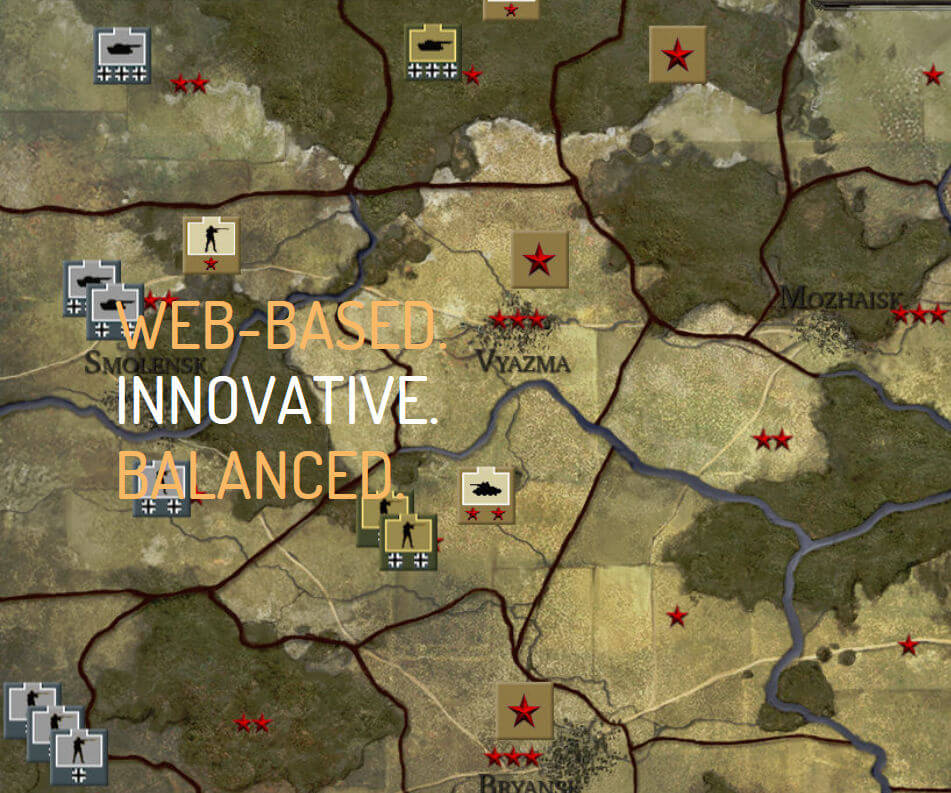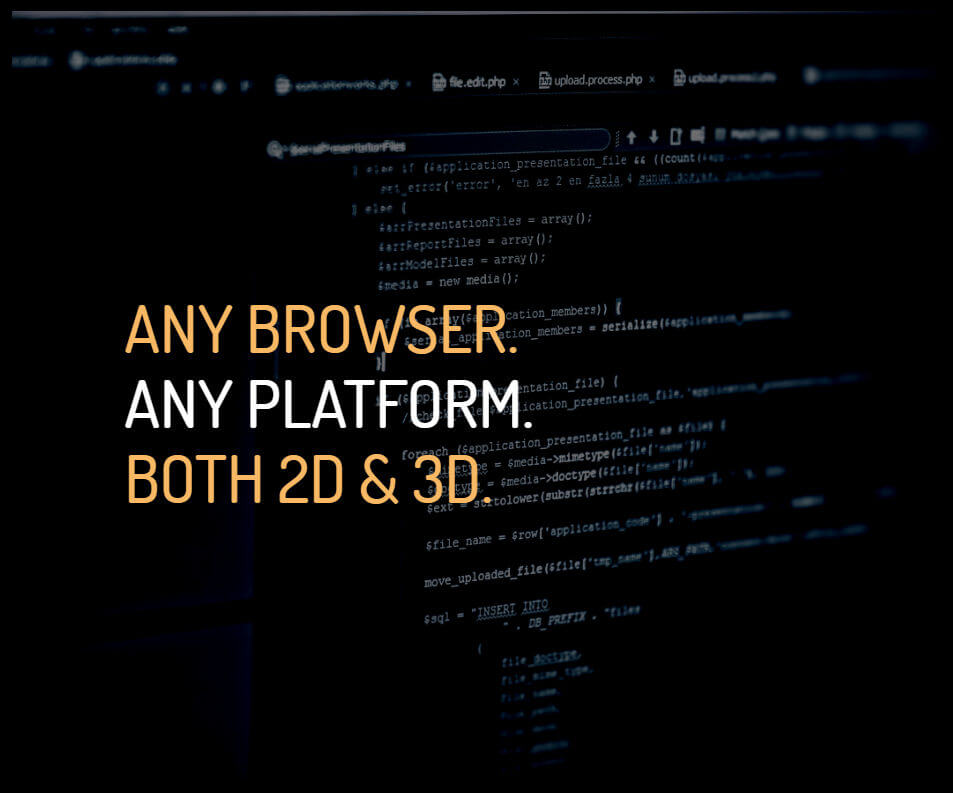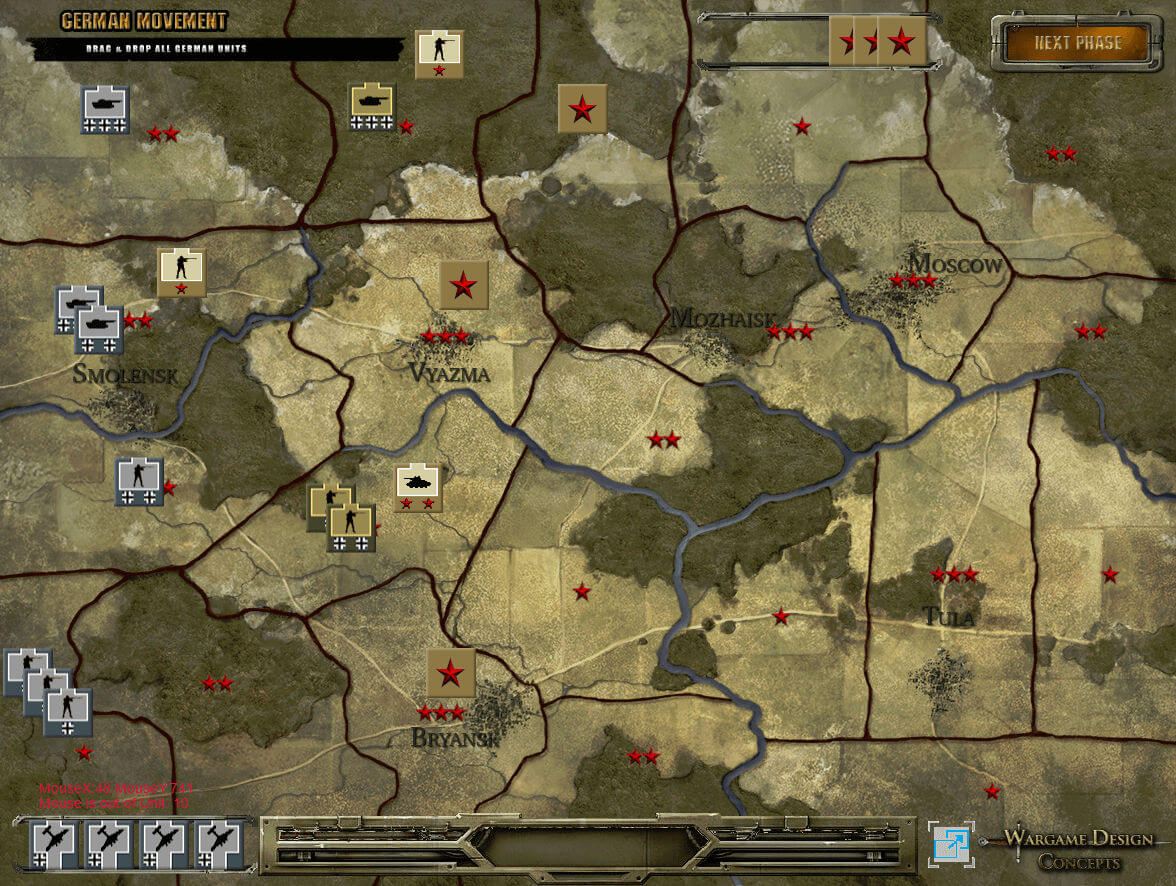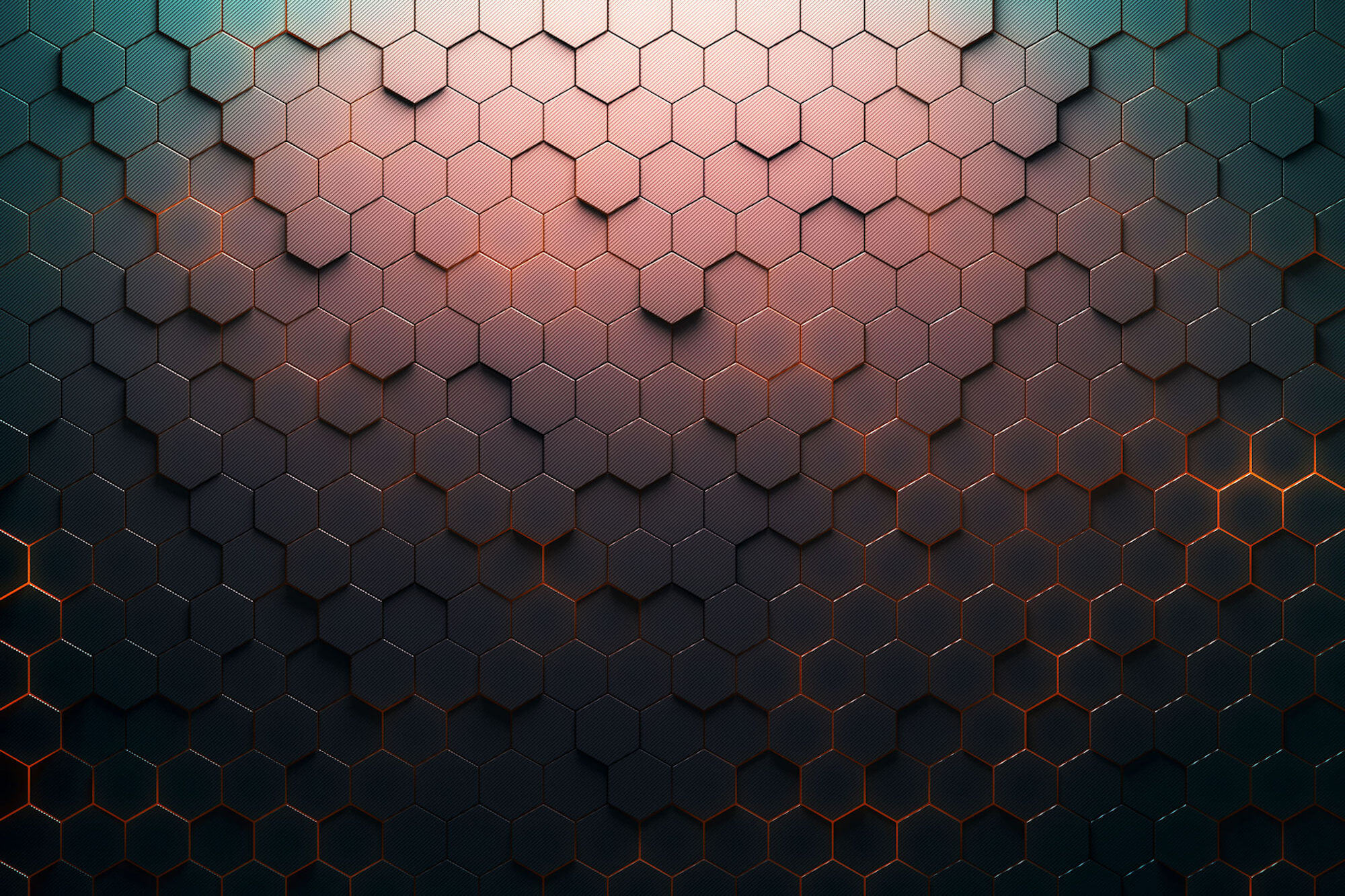
POCKET WARGAMES. LOW COMPLEXITY-FAST GAMEPLAY
My design criteria will focus on the essentials: (a) conforming with industry-standards related to pocket/micro-wargaming: setup, duration of play, constrained unit count, game mechanics and victory conditions, (b) integrating both heuristic and state-machine related optimization routines to provide challenging solitaire play, without hampering playability, and (c) incorporating high resolution, stunning graphics for both mapsheet and unit counters.

A VERSATILE GAME ARCHITECTURE
My design and development of traditional 2-dimensional games is focused on the use of Defold...a proven, open-source game engine support cross-platform HTML5, Android, IOS, macOS, Windows, Nintendo Switch, Playstation and Steam platforms.
LATEST NEWS
AN INITIAL RELEASE - COMING SOON!
Red October will be a classic introductory area-based wargame, focused on the Eastern Front during World War II - the German High Command's Campaign to capture Moscow.
LEARN MORE ABOUT THE CAMPAIGN!
Clicking the following button will provide a short summary of Operation Typhoon, the German High Command's plan for capturing Moscow.

RED OCTOBER: MARCH ON MOSCOW - THE GAME
Although the Eastern Front in World War II is one of the most frequently addressed periods in history played across the wargaming community, I still selected it as a basis for this introductory game in that it provides a great context for the building of a general architecture supporting common pocket wargame features which can be leveraged in future development projects. Operational actions by forces on the Eastern Front requires the modeling of multiple unit characteristics, combat strengths, logistic considerations and is truly operational in scale. This still remains a topic of great interest – potentially attracting a new audience of players. For this game, the player will control the German forces; the computer controls the Soviet Defense/Counterattack actions.
Importantly, one of the great challenges in designing a wargame is finding the appropriate balance between playability and historical realism. For this introductory game, I’m attempting to lean toward playability, but I’m also working to ensure that the overall game mechanics roughly reflect the situation faced by the commanders at the time.
The following graphic is an actual screenshot of the game Red October: March to Moscow – taken immediately following the movement of German ground units to their initial setup locations along the western edge of the mapsheet. Key highlights include: (a) the Active GamePhase displayed in the upper left corner, with applicable player notes shown immediately under it, (b) a Control Button to change to the Next Phase in the upper right corner, (c) Area Defensive strengths are shown as Red Stars, (d) German Ground Units are shown at their current locations, with both Unit Type and Unit Strength reflected on the game Sprite, (e) German Air Units available for sorties are in the bottom left corner, (e) Soviet Ground Units are located at designated defensive positions, with attributes displayed for units near German forces, or hidden for those not yet engaged by the Axis, replacement units are shown on the upper screen near the ‘Next Phase’ button, and (f) a ‘Full Screen’ icon is located on the bottom of the screen near the WDC logo.

The planning and programming of Red October: March to Moscow was based on several key design principles — the key aim being the build of a solid framework and programming environment which can be used for future Pocket-Wargame projects. The major design goals included:
TURN BASED, AREA-CENTRIC
Red October starts with an initial setup phase; then, each turn consists of three operational phases: Ground Unit Movement, Air Strike Targeting, and Combat Engagement.
DRAG/DROP BASED MOVEMENT
Using either a mouse or touchscreen, during the movement phase, the user can move German Units using intuitive drag & drop – subject to game imposed movement constraints due to movement points and terrain features.
AI-DRIVEN SOVIET ACTIONS
Game Artificial Intelligence routines control Soviet Unit movement to defensive positions across the mapsheet. Characteristics of untested Soviet Units are hidden from view until a German Unit moves adjacent to it.
GROUND/AVIATION UNITS
German ground units include both infantry and armor capabilities. Unit sprites (counters) display both the unit type as well as the current unit strength via dynamic icons, which can change based on combat results. Additionally, the game models German air sorties, limited by logistic/weather conditions.
STRENGTH-RATIO BASED CRT
Red October’s game engine integrates a Combat Results Table (CRT) which determines the impact of combat based on relative strength ratios between German and Soviet forces occupying the same area – the specific result (Strength Point Loss or Unit Elimination) driven by a random (stochastic) factor being introduced by a computer driven dice roll.
SCREEN OPTIONS
A player can initiate a new game by clicking on a link on this WargameDesignConcepts.com website. The game will initially start within a new window opened within the player’s browser. Once started, the player has the option to display the game within a ‘Full Screen’ mode.
REMAINING DEVELOPMENT ACTIONS
Several development tasks are still in the job-queue, the most significant is re-engineering the prototype which was developed using Phaser, over to the Defold Game Engine. The most significant remaining steps include:
- Transitioning the prototype to use of the DEFOLD Game Engine
- Integration of Real-time Victory Point Tracking & Game Turn Summary Display
- Implementation of Weather and Logistic constraints on Movement and Combat
- Development of improved Soviet Counter-Attack AI functions
- Inclusion of a Video Tutorial to familiarize new users with game mechanics
The current roadmap is targeted at a full release during 2nd Quarter, 2025…..always keeping in mind that there’s only one chance at an initial impression!
INTRODUCTIONS
Welcome to this new website – and the launch of Wargame Design Concepts, LLC – an Indie Developer startup focused on the design, development and cross-platform distribution of internet-based Pocket Wargames. Many computerized games today have become increasingly complex and extremely difficult to learn – in my view, reducing the popularity of the overall hobby. My objective with this website is to return to the basics: simplicity, ease of learning, straightforward rulesets and a meaningful historical context — easily available on the internet!
I was originally introduced to the wargaming community in 1972 – ‘cutting my teeth’ on the rich set of games developed under the “Strategy and Tactics” brand of SPI, as well as those of Avalon Hill, GDW, Victory Games and many others.
Additionally, during that time I was on active duty in the U. S. Marine Corps working on my advanced degree in Operations Research — focused on developing large-scale software models in support of several military applications, to include Situational Awareness, Common Operational Picture, Combat Simulation as well as manpower, logistics and transportation management systems. I must admit, in terms of software development, I've tried to stay current, but remain simply a hobbyist these days – but have always wanted to pursue the linkage between these two avocations. Now, following a 26-year military career and almost twenty years in the corporate world, I'm really excited about being able to kickoff Wargame Design Concepts, LLC and focus on the design, development and deployment of entertaining (and educational) pocket wargames on this website.
My goal with the start of Wargame Design Concepts is to share my experiences in applying current 2d and 3d WebGL oriented game engines within a web development framework for deploying traditional conflict simulations. My plan is to build a series of wargames which leverage Rich Internet Application (RIA) technologies — focusing on simplicity and ease of play….with a little history thrown in as well. I hope that placing these games within a web environment, easily accessible to a broad audience, will enable others to learn and enjoy this fantastic hobby.
I hope the information provided on this site is helpful — and that you enjoy the Pocket-Wargames which will be provided. I look forward to hearing your comments on how to improve the games as I work toward transitioning the traditionally manual Pocket-Wargame to the web.
All the best, David Chadwick





